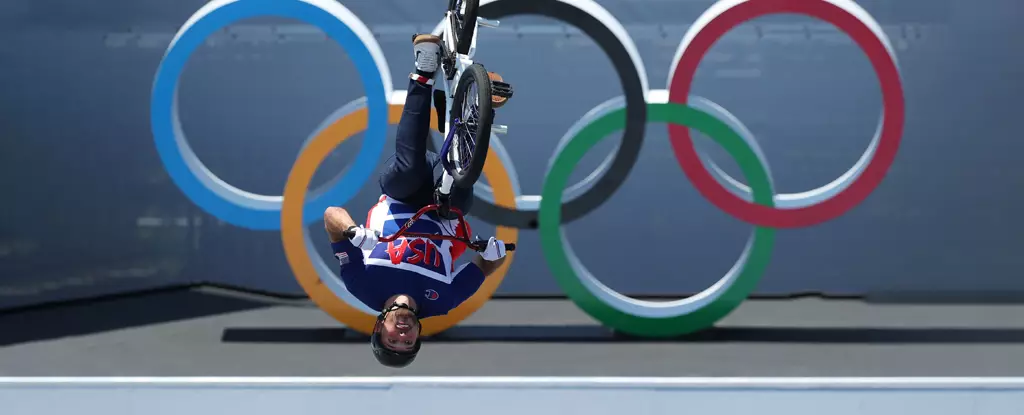The Tokyo Olympics in 2021 brought about the addition of seven new sports, such as karate and climbing, showcasing the evolving landscape of the prestigious event. While the athletes continued to push boundaries and set new records, researchers found that some of the new sports led to a disproportionately large number of injuries. The International Olympic Committee (IOC) closely monitors injuries and illnesses at each Olympics to ensure the well-being of the athletes.
During the Tokyo Games, which took place from 23 July to 8 August 2021, a total of 11,315 athletes from 206 National Olympic Committees participated. The medical teams reported 1035 injuries and 438 illnesses among the athletes, translating to approximately nine injuries and four illnesses per 100 athletes. Despite the challenges posed by COVID-19, with 18 athletes being affected by the virus, the overall number of illnesses was lower compared to previous years. This improvement was attributed to the extensive measures implemented to mitigate COVID-19 transmission.
It was found that the overall injury rate of 9 percent at the Tokyo Olympics was consistent with previous games like Rio 2016, London 2012, and Beijing 2008. However, certain sports, including boxing, BMX racing, BMX freestyle, skateboarding, and karate, recorded significantly higher injury rates. The researchers pointed out various factors that could contribute to this, such as weather conditions, venue design, track layout, equipment design, and athletes’ adherence to injury prevention training. Such findings emphasize the importance of continuous monitoring of injuries and illnesses to identify potential risks and implement preventive measures.
Heat illnesses were also a concern at the Tokyo Olympics, with 78 athletes being affected by the intense heat, with temperatures exceeding 30 degrees Celsius and high humidity levels. The mitigation efforts, including event relocation, pre-event training in similar conditions, hydration provisions, shade during events, and post-event ice baths, helped manage the cases effectively. The researchers recommended that future games be held in cooler environments to reduce the need for extensive heat illness countermeasures and optimize athletes’ performance.
The analysis of injuries and illnesses at the Tokyo Olympics highlights the importance of prioritizing athletes’ well-being and safety during such high-stakes competitions. By closely monitoring injury trends, identifying risk factors, and implementing preventive measures, sports governing bodies can create a safer environment for athletes to compete at their best. The findings from the Tokyo Olympics serve as valuable insights for future events, emphasizing the need for continual improvement and adjustment to meet the evolving needs of athletes.



Leave a Reply